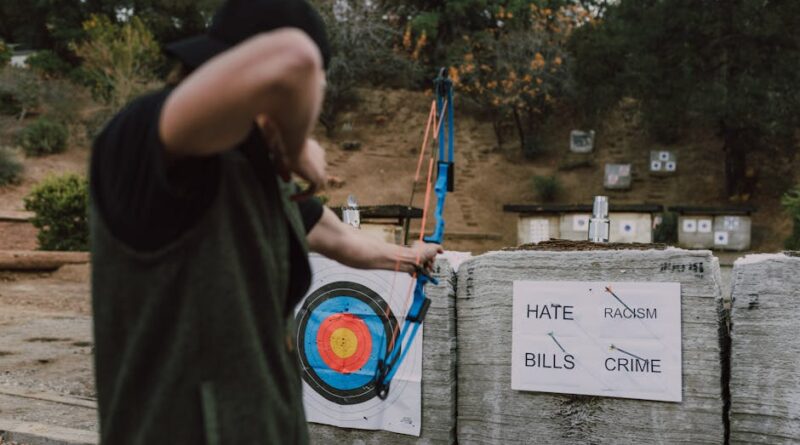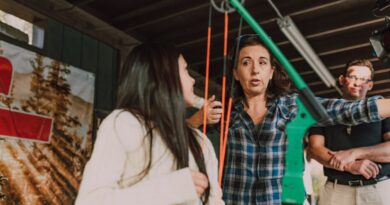Exploring Wildlife Conservation Through Archery
When one thinks of wildlife conservation, the image of rangers patrolling national parks or researchers studying endangered species might come to mind. However, there is a unique and often overlooked method that has been gaining traction in recent years – wildlife conservation through archery. This unconventional approach combines the ancient art of archery with modern conservation efforts, creating a powerful tool to protect and preserve wildlife around the world. In this article, we will delve into the fascinating world of wildlife conservation through archery, exploring its history, impact, and future potential.
The History of Archery in Wildlife Conservation
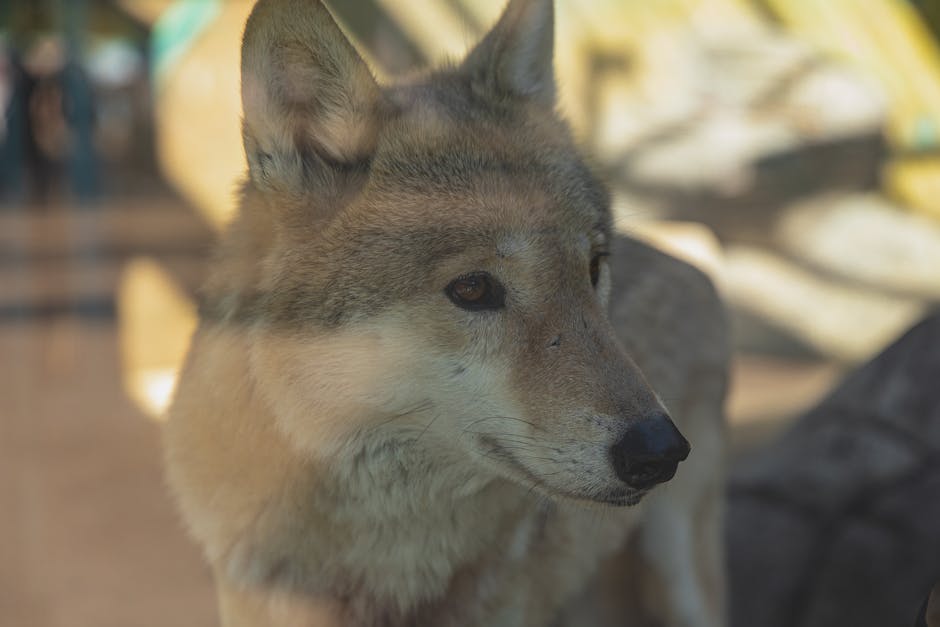
Archery has a long and storied history, dating back thousands of years to when our ancestors used bows and arrows for hunting and protection. Over time, archery evolved from a means of survival to a recreational sport, with competitions and tournaments held around the globe. However, it wasn’t until recently that archery found a new purpose in the realm of wildlife conservation.
One of the earliest instances of archery being used for conservation purposes can be traced back to the 1970s, when researchers in Africa began using tranquilizer darts fired from bows to immobilize and relocate wild animals. This innovative technique allowed conservationists to safely capture and transport animals without causing harm, leading to the successful translocation of various species to protected areas.
Since then, archery has been employed in a variety of conservation efforts, from tracking and monitoring wildlife populations to managing invasive species. In the United States, for example, bowhunting has become an essential tool for controlling deer populations in urban areas where traditional hunting methods are impractical. By utilizing archery, conservationists can cull overpopulated deer herds in a safe and humane manner, reducing the risk of vehicle collisions and damage to crops.
The Impact of Archery on Wildlife Conservation

The use of archery in wildlife conservation has had a significant impact on various species and ecosystems around the world. One of the key advantages of archery is its precision and non-invasive nature, allowing conservationists to target specific individuals or populations without causing widespread disruption. This targeted approach is especially valuable in situations where traditional methods like firearms or traps may pose risks to non-target species or habitats.
Archery is also highly versatile, making it ideal for a wide range of conservation tasks. In addition to population management, archery is used for wildlife research, such as tagging and tracking animals for scientific studies. By affixing radio collars or markers to animals, researchers can gather valuable data on migration patterns, habitat use, and social behavior, helping to inform conservation strategies and policies.
Furthermore, archery has proven effective in combating invasive species that threaten native wildlife and ecosystems. In places like Australia, where feral animals like rabbits and feral pigs wreak havoc on the environment, skilled archers are employed to cull these populations and prevent further damage. By targeting invasive species with precision and accuracy, archery can help restore balance to fragile ecosystems and protect native species from extinction.
Challenges and Controversies in Wildlife Conservation Through Archery
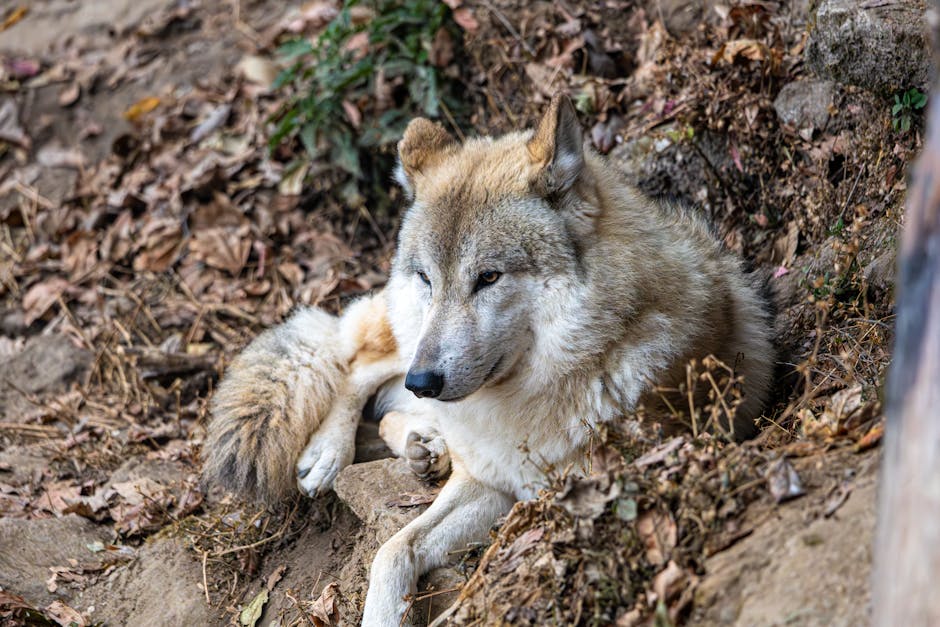
While archery has shown great promise as a conservation tool, it is not without its challenges and controversies. One of the main concerns surrounding archery in wildlife conservation is the potential for animal welfare issues. Critics argue that using bows and arrows to immobilize or kill animals may cause unnecessary suffering if not done properly. To address this, conservationists must undergo rigorous training and certification to ensure they have the skills and expertise to carry out these tasks humanely.
Another challenge is the perception of archery as a recreational activity rather than a serious conservation tool. Some people view bowhunting or darting as a form of sport or entertainment, overlooking its vital role in wildlife management and protection. To overcome this stigma, conservation organizations and agencies must educate the public about the importance of archery in conservation and highlight its ethical and sustainable practices.
The Future of Wildlife Conservation Through Archery
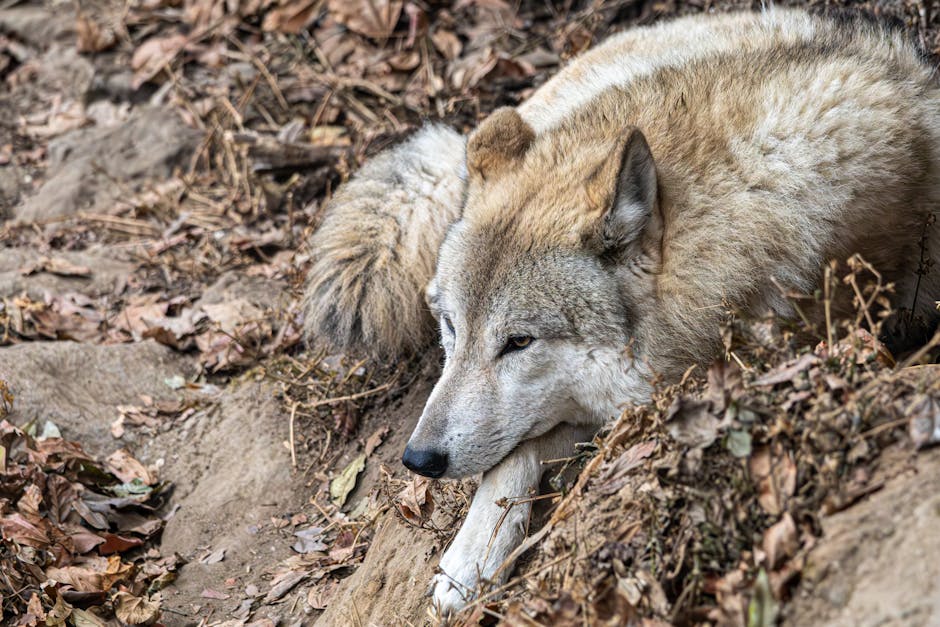
Despite the challenges, the future of wildlife conservation through archery looks promising. As technology advances and conservation practices evolve, archery is likely to play an even greater role in protecting wildlife and preserving ecosystems. With the development of specialized equipment and training programs, conservationists can enhance their skills and techniques to improve the effectiveness and efficiency of archery-based conservation efforts.
Moreover, the growing interest in archery as a recreational activity has led to an increase in conservation-minded individuals who are eager to contribute to wildlife protection. Archery clubs and organizations are partnering with conservation groups to offer training and volunteer opportunities for members to participate in conservation projects. By engaging the public in hands-on conservation activities, archery can foster a sense of stewardship and responsibility towards the natural world.
Overall, wildlife conservation through archery represents a unique and valuable approach to safeguarding biodiversity and promoting coexistence between humans and wildlife. By harnessing the power of this ancient art, conservationists can address pressing conservation challenges and create a sustainable future for generations to come.
Expert Opinions
We spoke with Dr. Sarah Thompson, a renowned wildlife biologist and archery enthusiast, to get her perspective on the role of archery in conservation. According to Dr. Thompson, “Archery is a versatile and effective tool for wildlife management, allowing us to target specific individuals or populations with precision. When used responsibly and ethically, archery can make a significant impact on conservation efforts and help us protect vulnerable species.”
FAQs
Q: Is archery a humane method of wildlife management?
A: When conducted by trained and certified professionals, archery can be a humane and effective tool for wildlife management. It is essential to follow strict guidelines and protocols to ensure the welfare of animals.
Q: How can I get involved in wildlife conservation through archery?
A: You can contact local conservation organizations or archery clubs to inquire about volunteer opportunities or training programs related to wildlife conservation. By joining these groups, you can learn valuable skills and contribute to meaningful conservation projects.
Conclusion
To wrap things up, wildlife conservation through archery offers a unique and innovative approach to protecting and preserving wildlife. By combining the ancient art of archery with modern conservation practices, we can address pressing conservation challenges and promote the coexistence of humans and wildlife. As we look to the future, it is essential to continue exploring the potential of archery in conservation and to engage the public in conservation efforts. Together, we can make a positive impact on the natural world and ensure a sustainable future for all living beings.

